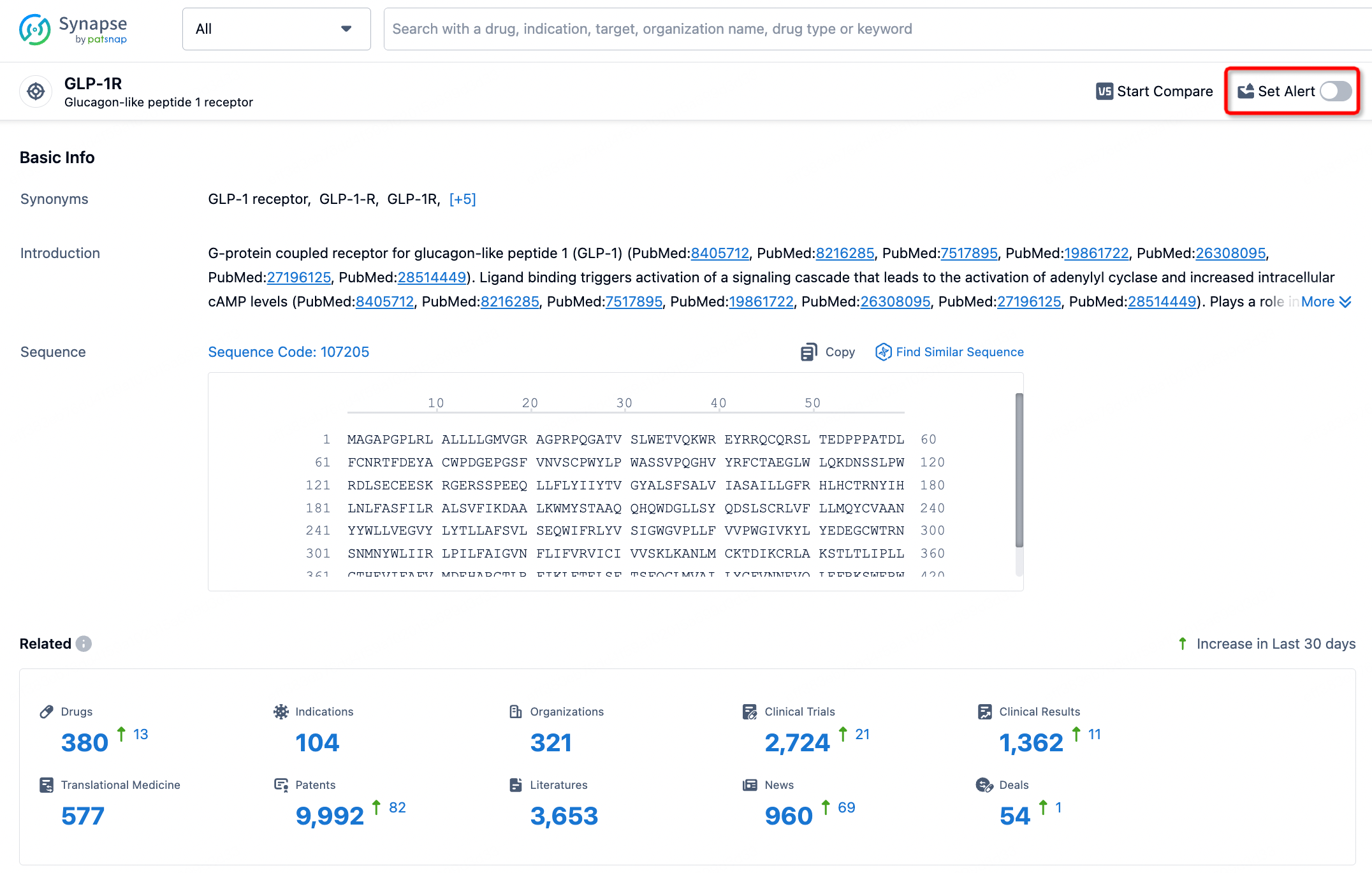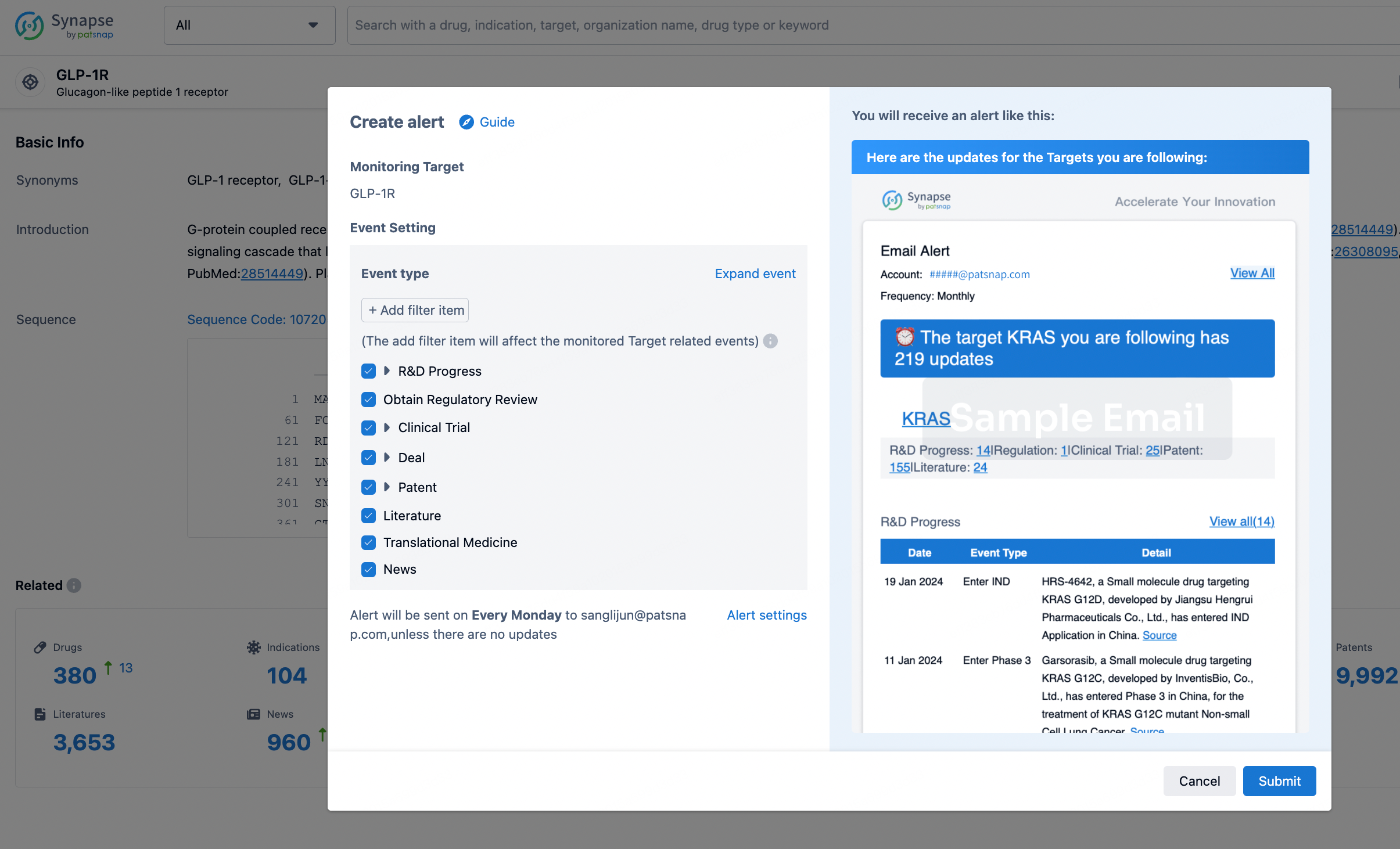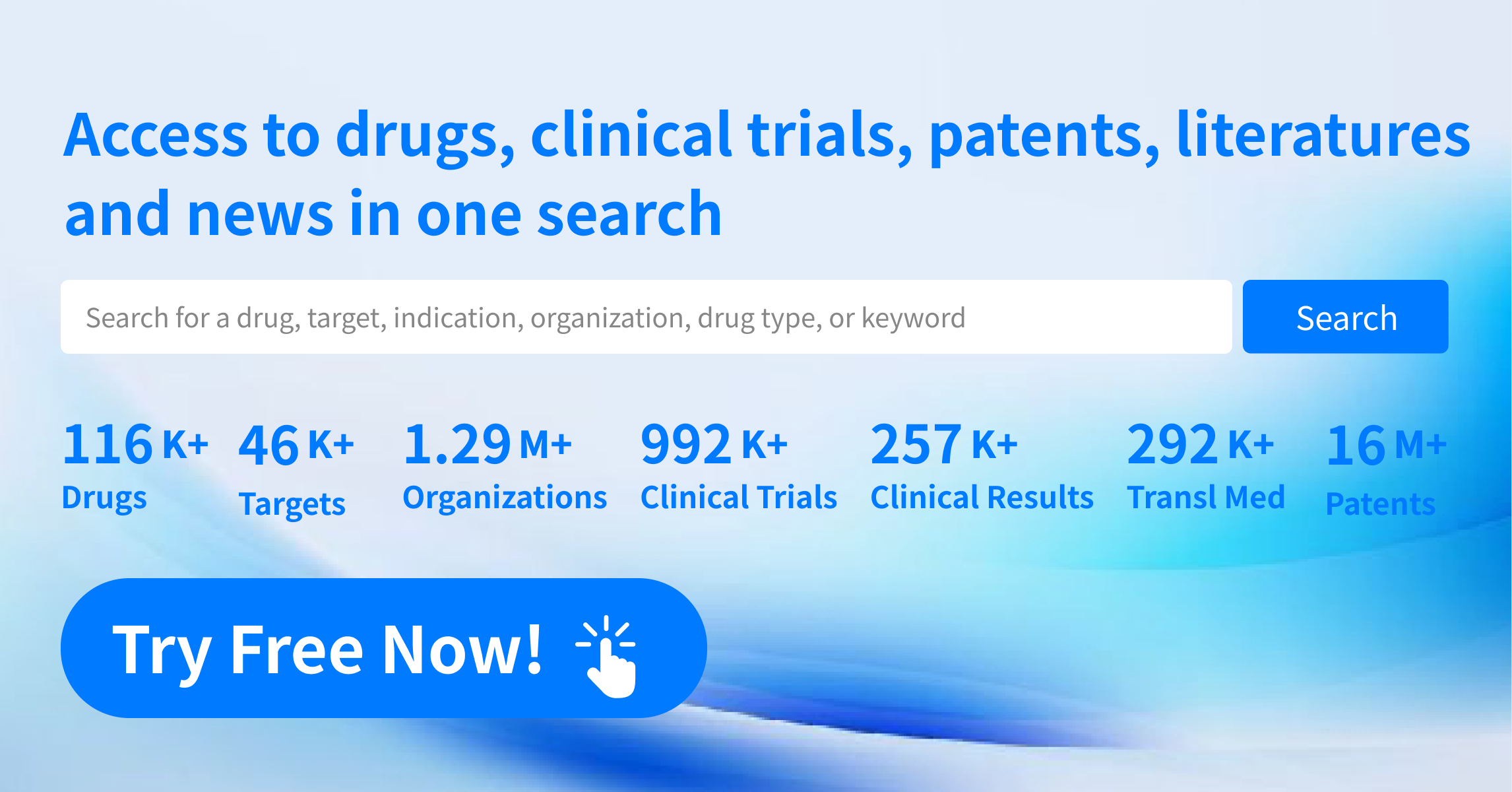Request Demo
What are GPR35 agonists and how do they work?
21 June 2024
GPR35 agonists are an exciting new frontier in the field of pharmacology, particularly due to their potential therapeutic applications in various diseases. GPR35, or G-protein coupled receptor 35, is a receptor that has garnered significant interest among researchers for its diverse roles in human physiology and potential in drug development. In this blog post, we will delve into what GPR35 agonists are, how they function, and the potential therapeutic applications they hold.
GPR35 is a G-protein coupled receptor that was first discovered in 1998. Initially, its function was not well understood, but recent research has shed light on its involvement in various physiological processes. GPR35 is expressed in several tissues, including the gastrointestinal tract, immune cells, and the nervous system. This wide expression pattern suggests that GPR35 may play a role in numerous bodily functions, making it a promising target for drug development.
How do GPR35 agonists work? To understand their mechanism of action, it's essential to first understand how G-protein coupled receptors (GPCRs) function. GPCRs are a large family of cell surface receptors that respond to various external signals, such as hormones, neurotransmitters, and other signaling molecules. When a ligand binds to a GPCR, it activates an intracellular G-protein, which then triggers a cascade of intracellular events, ultimately leading to a physiological response.
GPR35 agonists are compounds that specifically bind to and activate the GPR35 receptor. Upon activation, GPR35 can couple with different types of G-proteins, such as Gαi/o, which inhibit adenylate cyclase and decrease cyclic AMP levels, or Gα12/13, which can influence cell shape and motility by activating RhoA. By modulating these intracellular signaling pathways, GPR35 agonists can produce various biological effects depending on the tissue and context in which the receptor is expressed.
The potential therapeutic applications for GPR35 agonists are vast and varied. One of the most promising areas of research is their use in treating inflammatory diseases. GPR35 is highly expressed in immune cells, particularly in eosinophils, macrophages, and T-cells, which play crucial roles in the body's inflammatory response. Studies have shown that activation of GPR35 can modulate the activity of these cells, potentially reducing inflammation and providing relief in conditions such as inflammatory bowel disease (IBD) and asthma.
In addition to their anti-inflammatory properties, GPR35 agonists are also being explored for their potential in treating metabolic disorders. GPR35 is expressed in the gastrointestinal tract and has been implicated in the regulation of gut motility and energy homeostasis. Researchers are investigating whether GPR35 agonists can help manage conditions like obesity and type 2 diabetes by influencing metabolic processes and improving insulin sensitivity.
Furthermore, GPR35 agonists may have neuroprotective effects. The receptor is expressed in the central nervous system, and preclinical studies suggest that its activation could protect neurons from damage and promote their survival. This has sparked interest in exploring GPR35 agonists as potential treatments for neurodegenerative diseases such as Parkinson's and Alzheimer's.
Cancer is another area where GPR35 agonists show promise. Some studies have indicated that GPR35 expression is upregulated in certain types of cancer, and its activation may influence tumor growth and metastasis. By targeting GPR35, researchers hope to develop new therapeutic strategies for combating cancer.
In conclusion, GPR35 agonists represent a promising class of compounds with potential applications in a wide range of diseases, from inflammatory and metabolic disorders to neurodegenerative diseases and cancer. As our understanding of GPR35 and its functions continues to grow, so too will the opportunities to harness its therapeutic potential. The future looks bright for GPR35 agonists, and ongoing research will undoubtedly uncover even more ways in which these compounds can benefit human health.
GPR35 is a G-protein coupled receptor that was first discovered in 1998. Initially, its function was not well understood, but recent research has shed light on its involvement in various physiological processes. GPR35 is expressed in several tissues, including the gastrointestinal tract, immune cells, and the nervous system. This wide expression pattern suggests that GPR35 may play a role in numerous bodily functions, making it a promising target for drug development.
How do GPR35 agonists work? To understand their mechanism of action, it's essential to first understand how G-protein coupled receptors (GPCRs) function. GPCRs are a large family of cell surface receptors that respond to various external signals, such as hormones, neurotransmitters, and other signaling molecules. When a ligand binds to a GPCR, it activates an intracellular G-protein, which then triggers a cascade of intracellular events, ultimately leading to a physiological response.
GPR35 agonists are compounds that specifically bind to and activate the GPR35 receptor. Upon activation, GPR35 can couple with different types of G-proteins, such as Gαi/o, which inhibit adenylate cyclase and decrease cyclic AMP levels, or Gα12/13, which can influence cell shape and motility by activating RhoA. By modulating these intracellular signaling pathways, GPR35 agonists can produce various biological effects depending on the tissue and context in which the receptor is expressed.
The potential therapeutic applications for GPR35 agonists are vast and varied. One of the most promising areas of research is their use in treating inflammatory diseases. GPR35 is highly expressed in immune cells, particularly in eosinophils, macrophages, and T-cells, which play crucial roles in the body's inflammatory response. Studies have shown that activation of GPR35 can modulate the activity of these cells, potentially reducing inflammation and providing relief in conditions such as inflammatory bowel disease (IBD) and asthma.
In addition to their anti-inflammatory properties, GPR35 agonists are also being explored for their potential in treating metabolic disorders. GPR35 is expressed in the gastrointestinal tract and has been implicated in the regulation of gut motility and energy homeostasis. Researchers are investigating whether GPR35 agonists can help manage conditions like obesity and type 2 diabetes by influencing metabolic processes and improving insulin sensitivity.
Furthermore, GPR35 agonists may have neuroprotective effects. The receptor is expressed in the central nervous system, and preclinical studies suggest that its activation could protect neurons from damage and promote their survival. This has sparked interest in exploring GPR35 agonists as potential treatments for neurodegenerative diseases such as Parkinson's and Alzheimer's.
Cancer is another area where GPR35 agonists show promise. Some studies have indicated that GPR35 expression is upregulated in certain types of cancer, and its activation may influence tumor growth and metastasis. By targeting GPR35, researchers hope to develop new therapeutic strategies for combating cancer.
In conclusion, GPR35 agonists represent a promising class of compounds with potential applications in a wide range of diseases, from inflammatory and metabolic disorders to neurodegenerative diseases and cancer. As our understanding of GPR35 and its functions continues to grow, so too will the opportunities to harness its therapeutic potential. The future looks bright for GPR35 agonists, and ongoing research will undoubtedly uncover even more ways in which these compounds can benefit human health.
How to obtain the latest development progress of all targets?
In the Synapse database, you can stay updated on the latest research and development advances of all targets. This service is accessible anytime and anywhere, with updates available daily or weekly. Use the "Set Alert" function to stay informed. Click on the image below to embark on a brand new journey of drug discovery!
AI Agents Built for Biopharma Breakthroughs
Accelerate discovery. Empower decisions. Transform outcomes.
Get started for free today!
Accelerate Strategic R&D decision making with Synapse, PatSnap’s AI-powered Connected Innovation Intelligence Platform Built for Life Sciences Professionals.
Start your data trial now!
Synapse data is also accessible to external entities via APIs or data packages. Empower better decisions with the latest in pharmaceutical intelligence.


